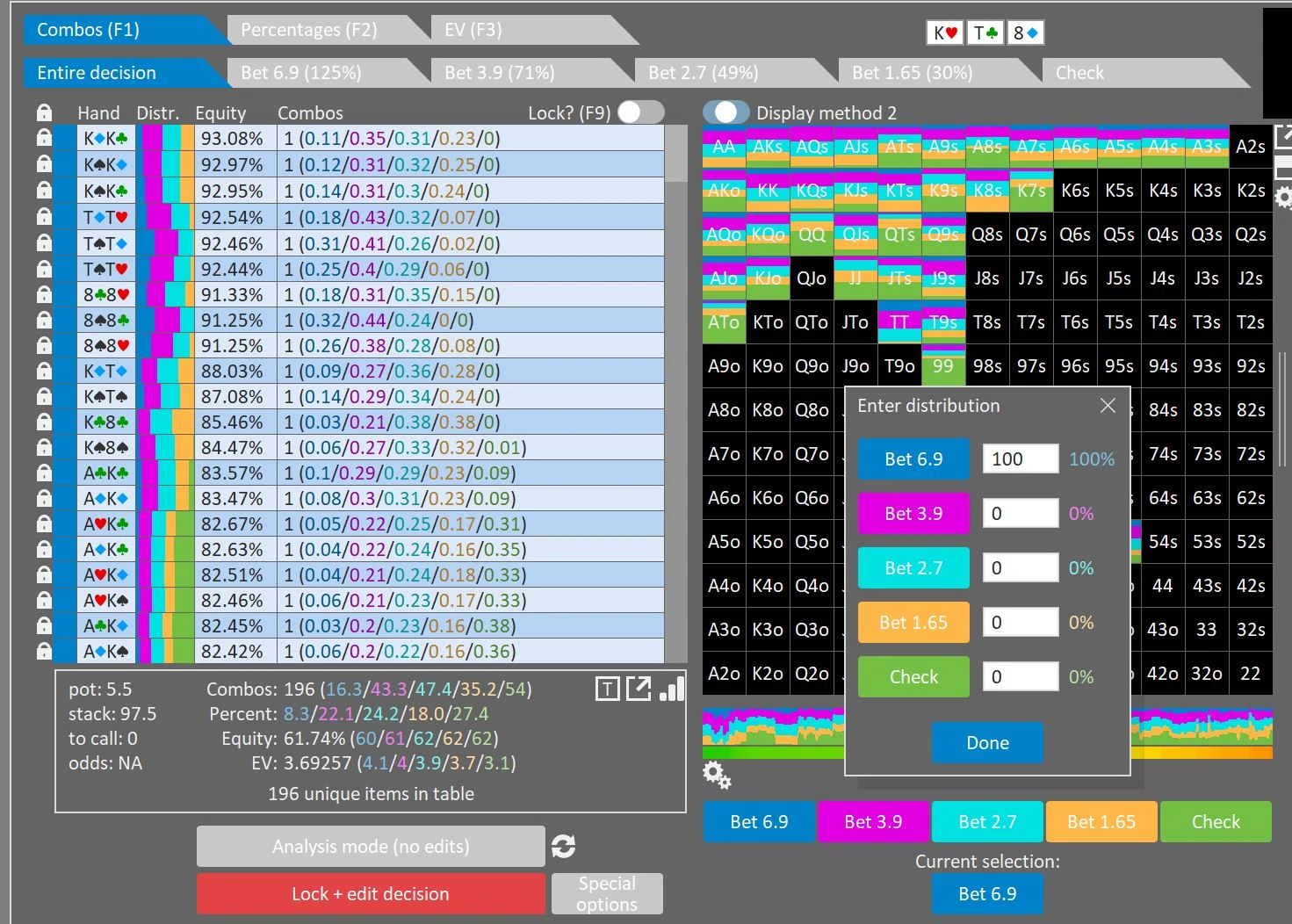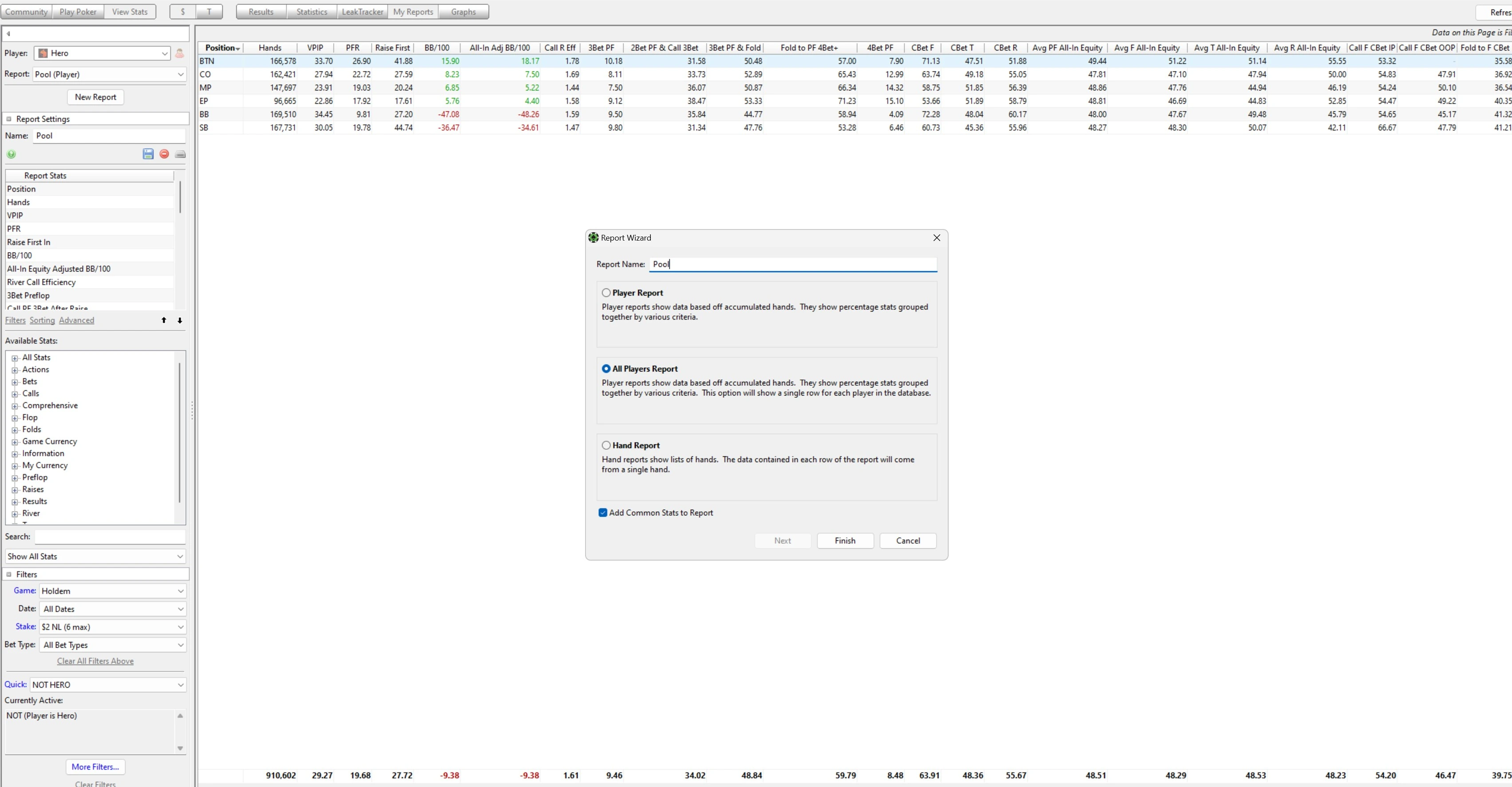Game Theory & the Reality of Online Poker

Apr 30, 2025
•
2 min read
Exploitative play, which is something that I've been doing for 20 years before I fully had a understanding of game theory, is always looking for the mistakes in my opponent, and going on the aggressive, and trying to take advantage of them.
- Daniel Negreanu
Welcome, grinders to our poker course's short but possibly most important installment. Now that we’ve covered holistically and street-by-street theory, we must ground ourselves in the real world.
With solvers' popularity, many beginners think they offer instant answers or assurances of proper play. Therefore, we must discuss the pitfalls of such practices in hopes of snapping you from gto-to-reality.
GTO and Solvers
A Nash equilibrium strategy is designed to be unbeatable, but it doesn’t maximize your profits. Think of Rock-Paper-Scissors: the "perfect" strategy is to pick each option one-third of the time. But if your opponent always plays Rock, you’ll only win one-third of the time, which isn’t profitable.
In poker, sticking to GTO keeps you from being exploited, but it won’t help you win more. To maximize your profits, you need to exploit your opponents' mistakes by adjusting your strategy.
Solvers do Exploit!
How can you find the best exploits? One powerful tool is a solver. These programs simulate strategies by having one range exploit the other repeatedly until neither can extract more EV.
The resulting strategy is a close approximation of GTO. But solvers offer more: you can manually adjust an opponent's strategy in one or more betting rounds. This process is called “node locking.” This allows you to explore how to best exploit specific weaknesses.
👉 Below we see how a strategy gets set into GTO+ solver to it can calculate exploits against it.

One way to find exploits is to review your player-pool. Start off by noticing how often they c-bet or call c-bets on different flop textures. Run some solver sims and node-lock your player pool frequencies to find exploits.
👉 Pictured is a pool report in PT4 showing average frequencies of actions taken by opponents. Notice the bottom right where we’re filtering out our own stats. We can also filter by flop type to get more actionable insights!

Human Behavior
GTO strategies become less precise the deeper you go into the game tree. Preflop play is relatively easy to master, and even less experienced players can manage it, with the help of a few memorized charts.
Memorizing strategies for flops, turns, and rivers is far harder, leading to noticeable differences in how humans and bots approach these later streets.
Using node locking to adjust strategies on these streets can be tricky and requires a mix of math and trial-and-error. For example, you might notice that your opponents call flop and turn c-bets often but overfold to river barrels.
Smart players exploit this by making aggressive c-bets and barrels, knowing the river is where profits are made.
Even if the GTO strategy was known, it would be basically impossible for any human being to utilize it without the assistance of a computer. No Limit Hold’em is just too complex of a game for that.
- Upswing Poker
This example highlights the importance of exploring the entire game tree, especially nodes that most players rarely reach.
As you move beyond the lowest stakes, consider experimenting with strategies in micro-stakes games. These are a great testing ground for pushing boundaries. You won’t know how far you can bluff until you try!
Test out different approaches. What happens if you consistently check-raise on the turn or always raise the river? Could you induce more bluffs by always checking the flop?
While this type of experimentation may not be immediately profitable, it helps you break free from standard lines. By exploring unconventional paths, you’ll develop strategies that confuse regulars in your pool who don’t venture as far as you do.
Conclusion
Winning players constantly hunt for exploits. They use solvers and GTO to master theory but don’t stick to “standard lines.” Instead, they experiment at low stakes, exploring unconventional paths to uncover profitable opportunities.
Crushers stand out by steering opponents into unfamiliar territory, combining theory with creativity to gain a decisive edge. This adaptability is what sets them apart.
ZOOM IN
The following links are recommended resources related to this section’s theme. Don’t stay in doubt--dive in! 🔔
- Solvers: You may want to check Pio SOLVER & ICMIZER.
- Math: Learn poker math tactics for strategic online players.
- Pot Odds: Learn how to calculate pot odds for online poker.
- MDF: Learn how to use the minimum defense frequency in poker.
- Discord Community: Join the coolest poker community, don’t be shy! Use it to ask questions and interact with other poker enthusiasts and professionals.